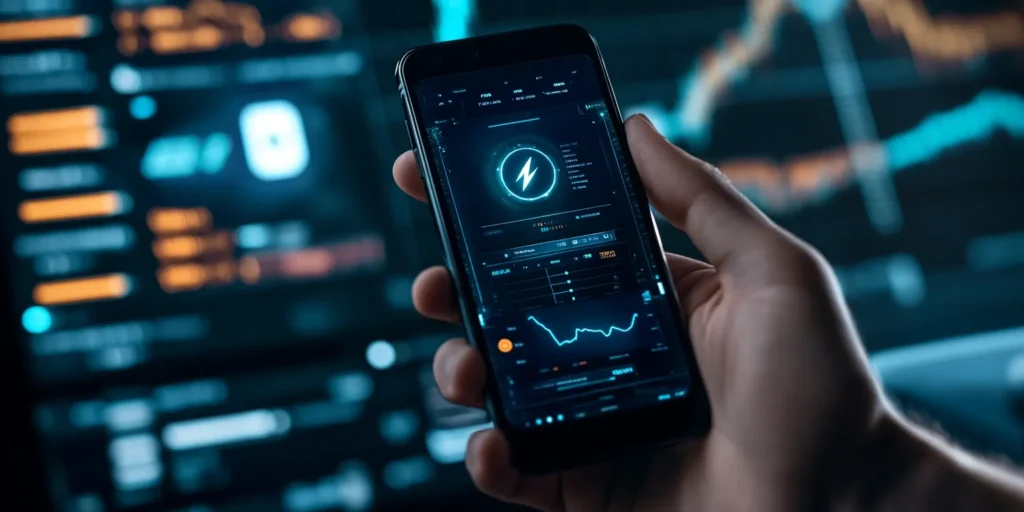Introduction
USB crypto mining is one of the simplest and most accessible entry points into the world of blockchain. Small, affordable, and easy to set up, these devices offer a low-risk way to learn the ropes of mining without breaking the bank. While you will not make life-changing profits, mastering USB crypto mining can build essential skills for scaling into bigger operations later.What is USB crypto mining?
USB crypto mining uses compact, plug-and-play devices that connect to a computer to mine cryptocurrencies. Unlike industrial ASIC rigs, USB miners offer a beginner-friendly, minimalistic path into the mining ecosystem. By combining multiple USB miners with a powered hub, you can build scalable mini-farms to boost efficiency. Curious about even smaller setups? Check out our guide to crypto mining phone apps to start experimenting on mobile.How do USB Bitcoin miners work?
These devices consume low energy while solving cryptographic hash functions that validate blockchain transactions. Some USB miners allow moderate overclocking to boost hashrate, but this increases heat output and may shorten hardware lifespan. Examples of popular USB miners include:- GekkoScience Compac F: Around 200 GH/s with excellent stability and minimal power draw.
- NewPac Miner: 130–160 GH/s, highly efficient for small home setups.
- FutureBit Apollo BTC: More powerful, semi-compact design for serious hobbyists.
How much can you actually earn?
With a GekkoScience Compac F miner:- Hashrate: 200 GH/s
- Power draw: 10W
- Estimated daily earnings: Around $0.20–$0.30 depending on network difficulty and Bitcoin price
- Estimated ROI timeline: 12–18 months with low electricity costs
Advantages of USB crypto mining
- Very low upfront costs
- Minimal electricity usage
- Simple and fast setup for beginners
- Useful educational experience in real-world blockchain operations
- Compatible with basic devices like laptops or Raspberry Pi
Limitations and risks of USB crypto mining
- Extremely low hashrates compared to ASICs
- Mining only profitable if pooled with other users
- Rapid hardware obsolescence as difficulty rises
- Not suitable for scaling serious mining operations
Setting up your USB crypto mining rig
- Plug the USB miner into a PC or powered USB hub. Always use a powered USB hub. Standard laptop ports may not provide enough consistent energy for multiple miners.
- Download mining software like CGMiner or BFGMiner.
- Join a mining pool such as Slush Pool or ViaBTC.
- Configure wallet payout settings.
- Start mining and monitor hardware and software performance.
Pros and cons of USB crypto mining
| Pros | Cons |
|---|---|
| Low-cost entry into mining | Very low earnings compared to larger setups |
| Minimal energy consumption | Hardware becomes obsolete quickly |
| Hands-on learning about mining operations | Needs mining pool participation to earn meaningfully |
| Easy setup and mobility | Not viable for serious or large-scale mining |



